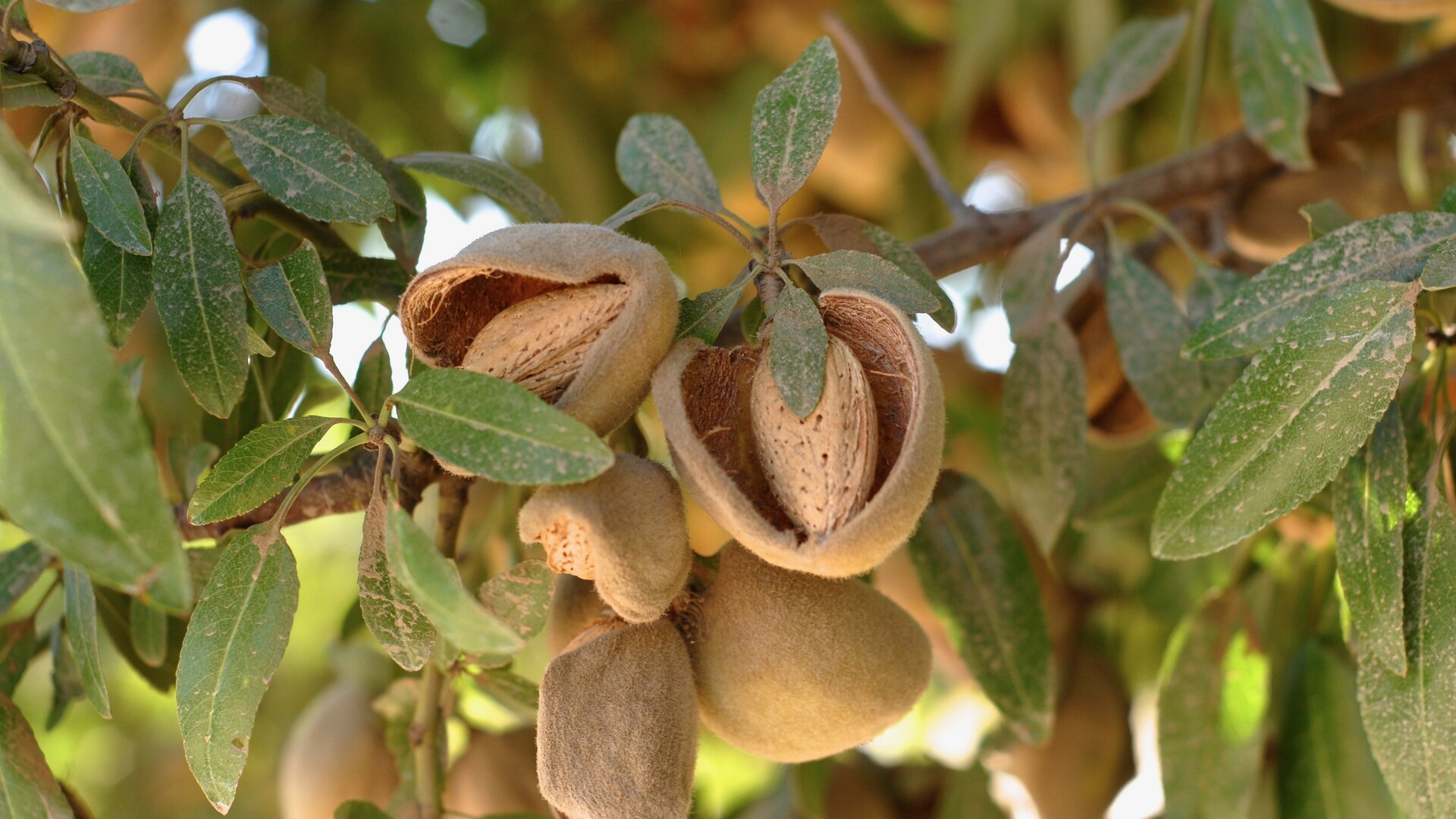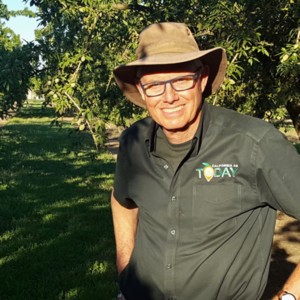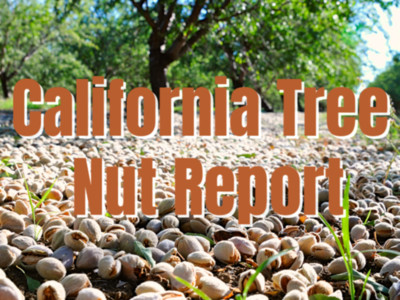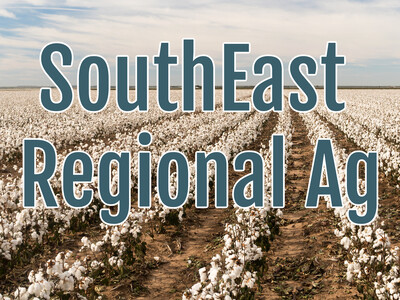Developing New Almond Orchards on New Ground
The big growth may slow down. Of course, growers will replace existing orchards with new trees.Dan Sumner is a distinguished professor in the department of agriculture and resource economics. And he's the director of the UC agricultural issues center at UC Davis.
“Can we find more places that were willing to put almond trees, maybe a little bit, but I don't see the growth on the supply side at anything like what we've had in the past, in percentage terms,” said Sumner. “That is to say you can't double the amount of almonds we've got in California, like we have over the last decade or two.”
An individual farm doesn't make a choice for the whole industry. They say what's best for my farm. They may plant a new orchard or replant an orchard.
“I see people saying, yeah, almonds are a reasonable crop relative to the alternatives. There may be something else on the horizon to compete with almonds. And we know other tree nuts are part of that, but you know, there are other opportunities as well, but I do see the expansion of say non-bearing acreage for almonds moderating,” explained Sumner.
“It's also true that you go back. We now have a lot more almonds that are entering a mature orchard phase. And we're going to be pulling out a lot more almonds than we had in the past,” noted Sumner. “You know, we have such rapid growth. It turns out if we pulled out the oldest trees a few years ago, there weren't very many of those, but we had a big almond boom throughout 2000s, and some of those trees are about ready to start coming out.”

















